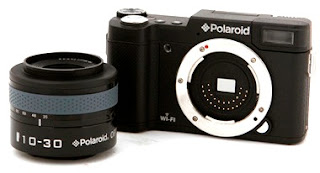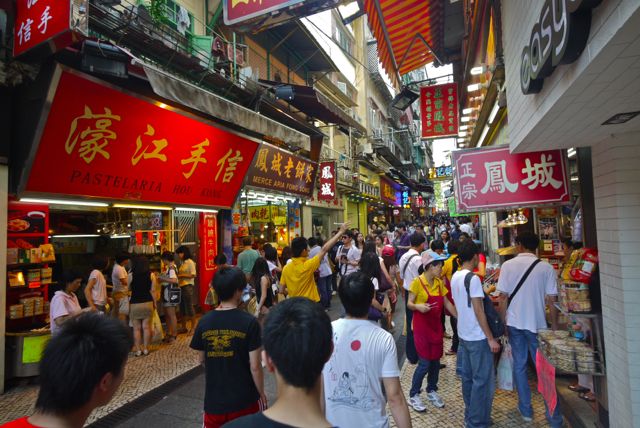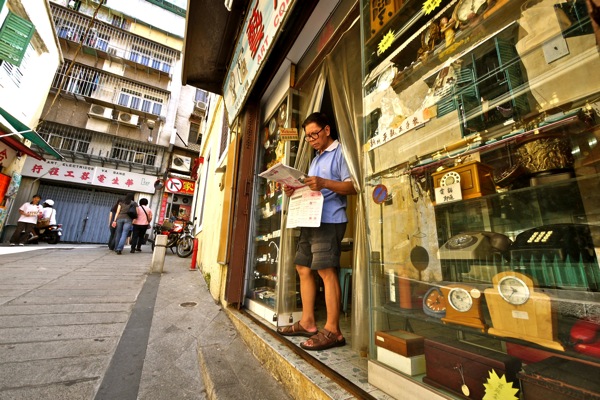Analogue Photography Bucket List: Polaroid for Christmas
1
Unlike many of you, I have had my fair share of Polaroid during my younger years. I wanted one and went out to get one. It was a Supercolor 635CL Polaroid camera which had a close focus lens (for up to 2 feet) and electronic flash. It was something I loved but wasn't too portable. I didn't shoot much with it as I didn't have the money to buy the film packs. It takes a PX600 or P680 Impossible film, the replacement to the once popular Polaroid 600 film packs. Much later, I got myself a Fuji Intax 10. Lovely camera but the print was far too small to enjoy anything substantial when it came to imaging quality.
For me, Polaroid has a lot in common with Apple. It was a huge success during its time and Dr. Edwin Land nailed it with the SX-70 back in 1972. It was the iPhone of its time. Great gadget, no fuss, and pretty expensive if you get what I mean. It was a premium photography gadget just like the iPhone became the premium smartphone gadget of our time. Polaroid started producing instant cameras in the 40s so it took a while to achieve success, just like Apple did. Edwin Land was not a gifted public speaker but his mind worked like an inventor. He was once quoted as saying "An essential aspect of creativity is not being afraid to fail".
Today, digital is king. We use the iPhone to take snap shots instead of the SX-70, which was the favorite camera during its day for such things.
Polaroid and Instagram
When I first started using Instagram, I dismissed the square format pictures as another attempt at a digital Polaroid. If you look at it closely, Instagram is model after the famed SX-70 square prints. So you could in some way say that Instagram is paying homage to Edwin Land's most famous square instant prints.
Why Be Square?
One of the secrets to photographic composition that I often talk about is the no brainer approach to framing subject in a square box. It is pretty easy and you can't go wrong with it. Sometimes, you have to be a total nincompoop to get the composition wrong with the square format.
Dr. Edwin Land moved away from the rectangular format found on the 250 series cameras for a simple reason, with a square format...you didn't have to reorientate your field of view to fit the scene. There is no portrait or landscape view. A square format just makes it easy for you to shoot quickly without thinking. It was brilliant in both execution and practical use.
Polaroid SX-70 on your iPhone
I want to ante up to a SX-70 but the film is just far too expensive. The PX series from Impossible project can cost between US$2.60 to US$3.00 per print. Unless you're a drug lord from Mexico, using one daily could be detrimental to your bank account.
Impossible project's iPhone Instant Print Lab is one that you can buy off Amazon, which turns instant prints from an accompanying app found on the Appstore.
This is not any cheaper than having a real Polaroid Camera but with the iPhone, you now can make instant prints just like any Polaroid device.
Digital Polaroids
There is nothing to stop you from creating great looking polaroids in digital. Those die-hards who have sworn an death oath will tell you that it can't be the same as a true polaroid print. This is pure hog wash.
Digital virtualization has made Polaroid looking prints possible, and with the right app, you can't tell the difference on an iPhone screen. Imaging quality is what determines the picture and Polaroids on PX paper these days are not really that great. Sure some might argue for the sake of argument that it has a nefarious artistic quality to it. If someone wants to argue for art's sake then it's not a picture.
If you want to dabble with some digital polaroids outside the confines of your iPhone, I would recommend Polardroid, which has a PC and Mac program that does just that.
Fuji Instant Film with Polaroid
The much older Polaroid 101 and 250 Land Cameras still have film stocks made by Fuji. In fact, these Fuji Film stocks are clearly much cheaper than the SX-70 ones.
Fuji makes these 10 shot packs which sells for less than US$20, and that works out to less than US$2 a picture. Worth your while this Christmas. The camera can be had for less than US$100 a pop on eBay but you'd be warned beforehand if the thing actually works. There isn't many camera shops specializing in camera repairs these days and you'd be stuck with one which will become a door stopper if you're not too careful.
Old cameras die hard. If you have kids, by all means collect them, use them and enjoy them. Analogue cameras will be a novelty items one day and getting one for Christmas won't be that easy. So do what you can now and have a great Christmas ahead!
.JPG)





.jpg)







































